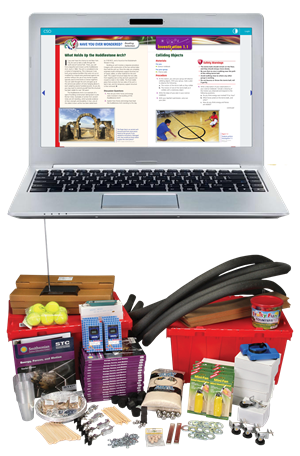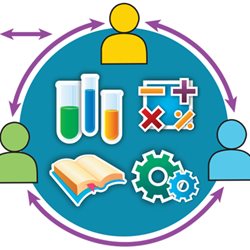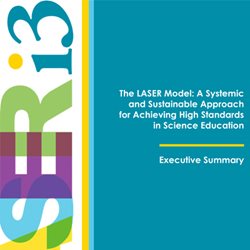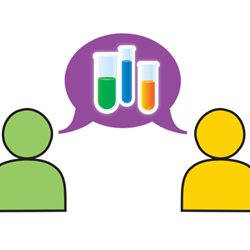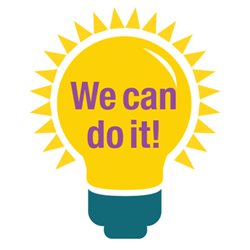Provide California Students with Three-Dimensional Learning Experiences in Science
STC Middle School™

Smithsonian’s STCMS™ is built to meet CA NGSS and incorporate hands-on, inquiry-based science instruction anchored in real-world phenomena.
- Pedagogy built upon the proven results of Smithsonian’s STC programs
- Three-dimensional learning construction—every lesson, every unit
- Lessons that apply cross-disciplinary science concepts and engineering design
- Hands-on investigations in which students build explanations for real-world phenomena and design solutions—every day
- Coherent learning progression that develops lesson by lesson, unit by unit—no “random acts of science”
- Literacy and mathematics connections that bridge science content and lead to deep understanding
- California discipline-specific model that provides 180 days of science instruction
Program Organization
The modular organization of the nine units for Grades 6–8 facilitate a flexible discipline-specific approach to building your middle school science program.
Ready to preview? Click the links below for teacher and student resources. Click on the Unit title to view the complete kit.
STCMS™ California Scope and Sequence for Grades 6–8
Grades 6–8 |
Weather and Climate Systems
ESS2-4, ESS2-5, ESS2-6, ESS3-2, ESS3-4, ESS3-5, PS3-4, ETS1-1, ETS1-2 |
Earth's Dynamic Systems
LS4-1, ESS1-4, ESS2-1, ESS2-2, ESS2-3, ESS3-1, ESS3-2, ETS1-1, ETS1-2, ETS1-3, ETS1-4 |
Space Systems Exploration
PS2-4, ESS1-1, ESS1-2, ESS1-3, ETS1-1, ETS1-2 |
| Structure and Function
LS1-1, LS1-2, LS1-3, LS1-6, LS1-7, LS1-8, LS4-2, LS4-3 |
Ecosystems and Their Interactions
LS1-5, LS1-6, LS2-1, LS2-2, LS2-3, LS2-4, LS2-5, LS4-4, LS4-6, ESS3-3, ETS1-1, ETS1-2 |
Genes and Molecular Machines
LS1-1, LS1-4, LS3-1, LS3-2, LS4-4, LS4-5, LS4-6 |
|
| Electricity, Waves, and Information Transfer LS1-8, PS2-3, PS2-5, PS3-3, PS3-4, PS3-5, PS4-1, PS4-2, PS4-3, ETS1-1, ETS1-2, ETS1-3, ETS1-4 |
Matter and Its Interactions
PS1-1, PS1-2, PS1-3, PS1-4, PS1-5, PS1-6, PS3-4, ETS1-1, ETS1-2, ETS1-3, ETS1-4 |
Energy, Forces, and Motion
PS2-1, PS2-2, PS2-3, PS2-5, PS3-1, PS3-2, PS3-5, ETS1-1, ETS1-2, ETS1-3, ETS1-4 |
*Note: Kit pricing on Carolina.com does not reflect California Adoption pricing.
*Does your school use an integrated model for middle school? Contact us to learn more about the STCMS integrated solution.
Each STCMS™ unit features:
- Teacher Edition (print and digital)
- Access to Carolina Science Online®
- Teacher edition eBook access
- Student sheets and lesson masters, including Spanish
- Student guide eBook access
- 16 Hardbound Student Guides
- Hands-On Materials Kit of Choice:
- 1-Class Kit (with enough materials for up to 32 students)
- 5-Class Kit (with enough materials for up to 160 students)
